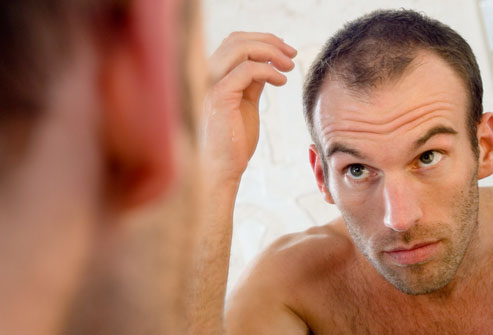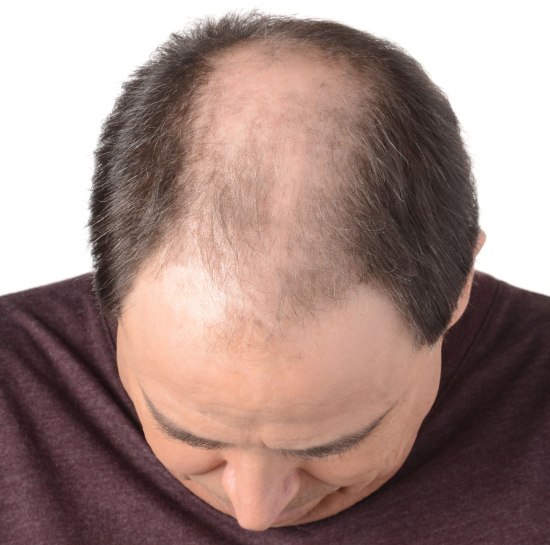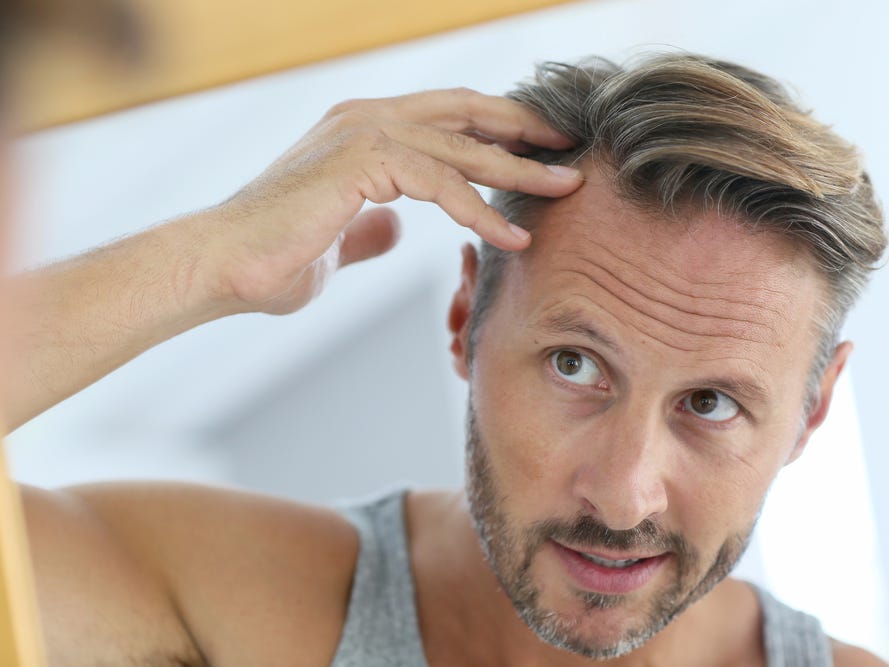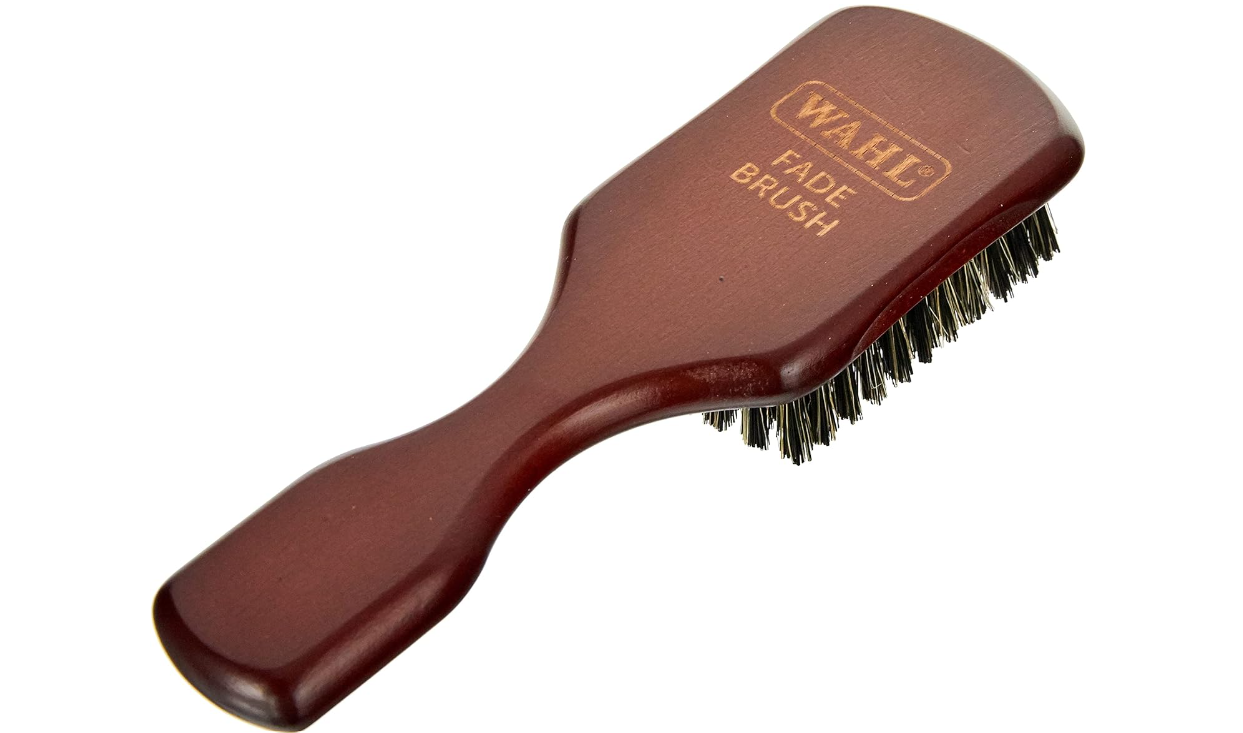
Am I losing my hair? We all hear that question a lot in this industry. But what causes it and what can we tell the client when it is obliviously a big concern for them.
Thinning of the hair is experienced by most man as the years tick by. For some the loss is almost unnoticeable, but for many of our clients it is more obvious and can be very worrying.
Table of Contents
Male Pattern Baldness
This tends to begin at the crown or temples. Its medical name is Androgenetic Alopecia. This is by far the most common cause of balding in men of a certain age. If you see a client who has an overall thinning, or patches forming in his hair, there may be another reason for this type of hair loss. The reasons could be the client taking some form of medication, high levels of stress, an underlying illness, anaemia or just a poor diet.
Male pattern baldness tends to be inherited from the mother or father and thus only occurs in men with a genetic predisposition. It is caused by a combination of these genetics and androgens (male hormones). So men who experience male pattern baldness have unfortunately inherited hair follicles that tend to be overly sensitive to these androgens.
Here Comes the Science Bit
DHT or dihydrotestosterone, is synthesised from testosterone by the enzyme 5 Alpha Reductase, which is found in the base of each hair follicle. DHT causes these follicles to miniaturise over time causing the hair to thin out. This thinning is progressive and can start as early as the teenage years, but is more likely to show up in adult males getting gradually worse with age.
Signs of Male Pattern Baldness
Male pattern baldness tend to show itself with a receding hairline which begins at the temple area. Also a thinning of the crown can occur. In the worst forms of the condition, these two areas meet up, causing the classic horseshoe pattern shape of hair around the back and sides of the head.

Many men look upon balding as a natural part of getting older and therefore do not seek treatment. However for many it can bring stress and anxiety which can have a massive impact on their social or personal life.
What Options are Available?
If this is the case for any of your clients, it may be worth them looking into the various options available to them. If the loss is minimal, it could be a matter of a change of style, or a product that can maximise volume in the hair.
It is also important for us, as barbers, to stress to them that there is no cure for male pattern baldness, however there are treatments which can slow down the rate of thinning and some can even reverse early stages of hair loss. And since this hair loss is progressive, the sooner they act, the better.
Most treatments will take up to six months before they have any affect. These options include medication, low level laser therapy ( LLLT) and hair transplant surgery. In the UK at present there are two licensed drugs to treat male pattern baldness. Minoxidil and Finasteride.
Minoxidil – This is available in most chemists and works by increasing the flow of blood to the hair follicles. It can increase and prolong the active phase of hair growth, increasing follicle size and diameter of the hair shaft.
Finasteride – This is a prescription only drug. It comes in tablet form and helps to reduce the levels of DHT in the hair follicle. This is a male only treatment and clinical studies have been encouraging. Showing it too be effective in up to 9 out of 10 men. The downside being the side effects are a lowering of the sex drive and erectile problems.
Low Level Laser Therapy (LLLT)
This is a fairly modern technique to treat male pattern baldness. The idea being that the use of these lasers helps promote hair growth. Hand held devices can be bought to use at home and usually need to be used 2 to 3 times per week.
Hair Transplant Surgery
This is a surgical operation to remove hair from an area which is unaffected by hair loss and then transplanted to area which is thinning. This procedure is usually very effective in restoring a thinning hairline. The area where the hair is taken from is usually the nape of the neck and this operation can take around 6 or 7 hours to complete. It is all done under local anaesthetic.
Micro Hair Pigmentation

Another possible treatment is Hair Pigmentation. This treatment has many names, but in effect it involves a specially developed non-surgical treatment to stimulate hair stubble or in some case to create a density to the cropped hair. This then gives the client a virtual hairstyle (admittedly a short one), to bald or balding men. I’ve seen varying results of this procedure over the last few years, so it’s worth your client doing his own checks before he commits to anything.




